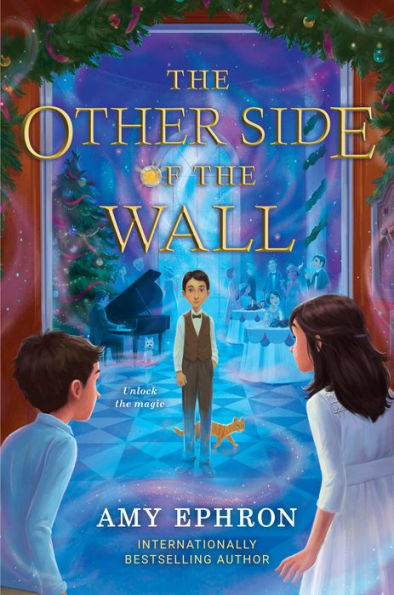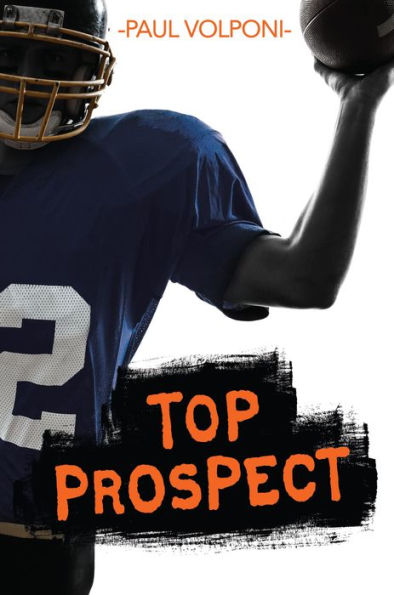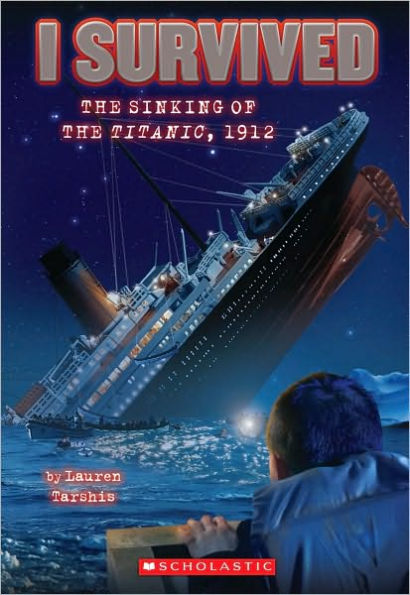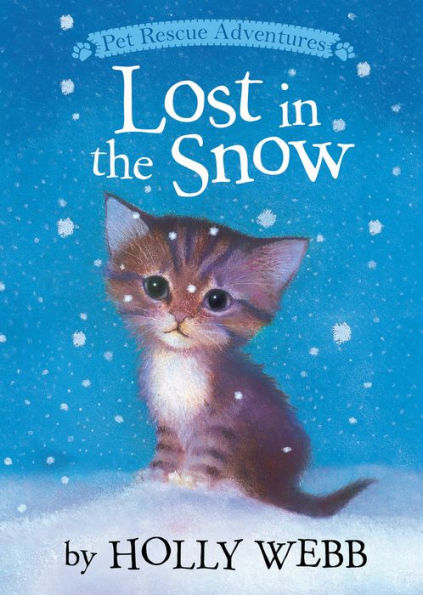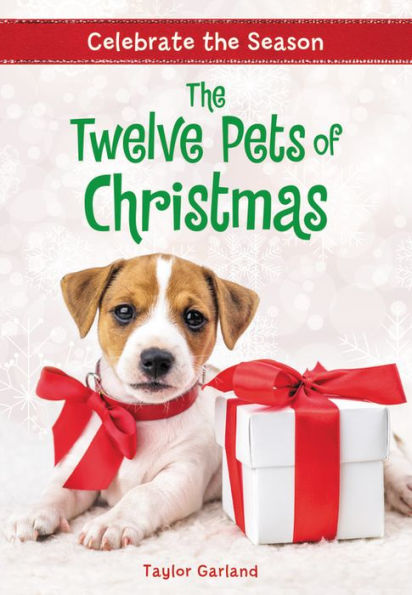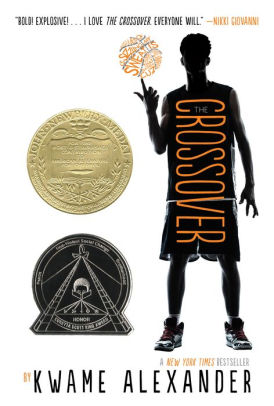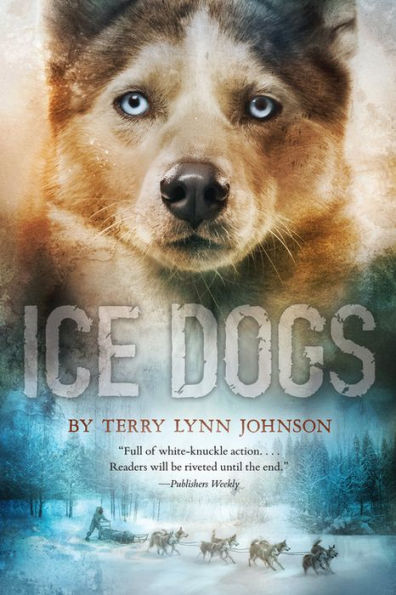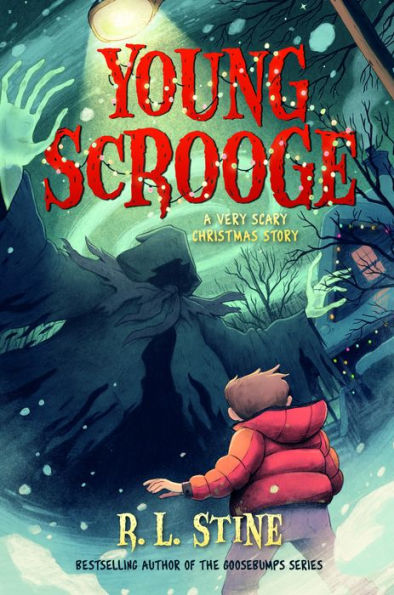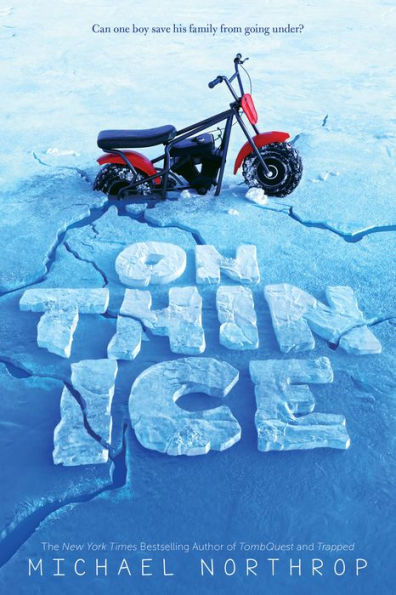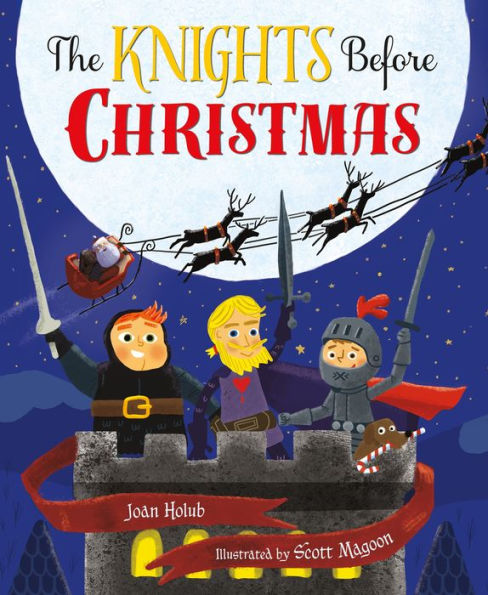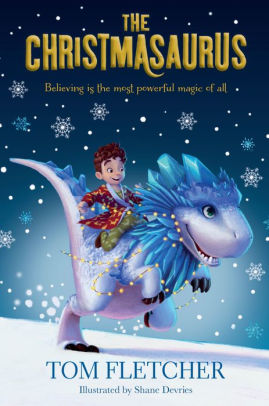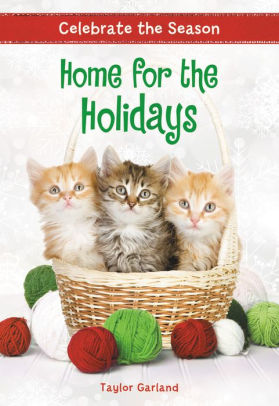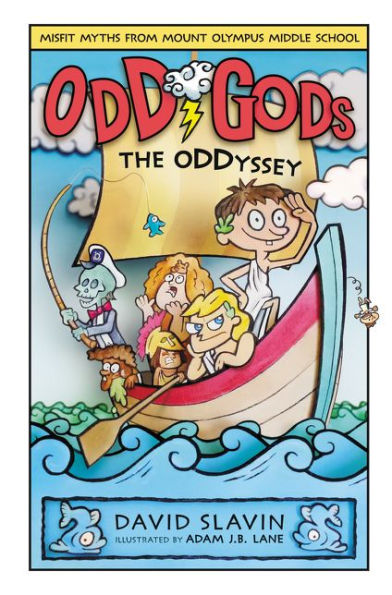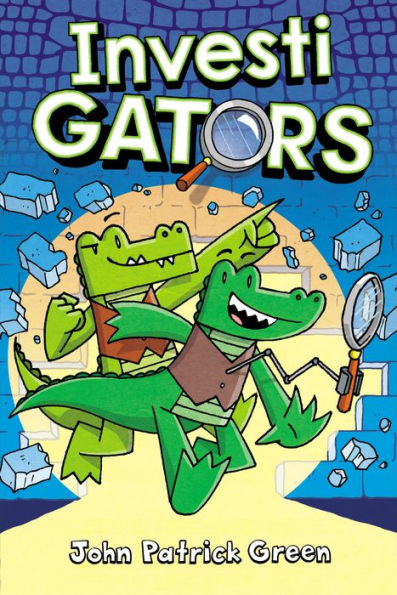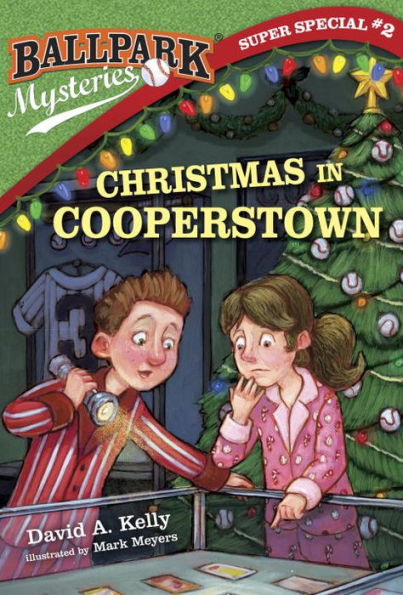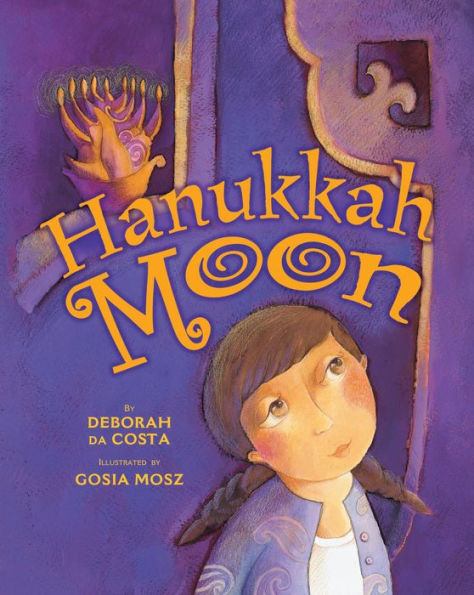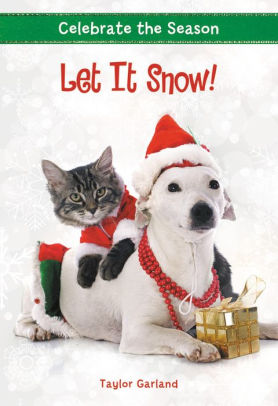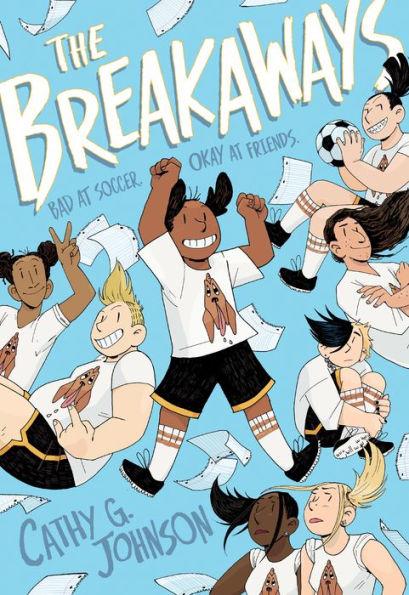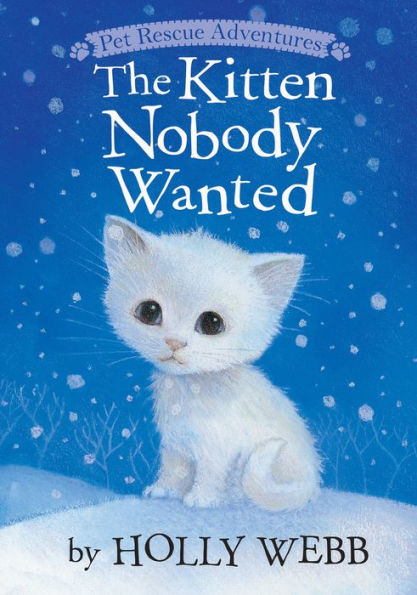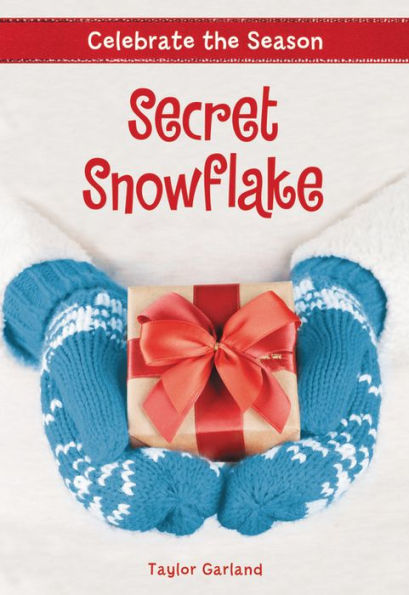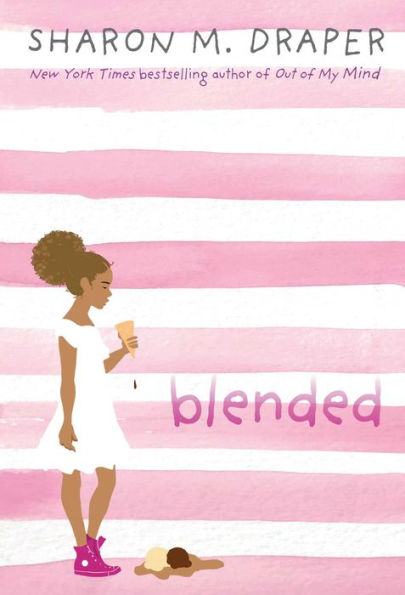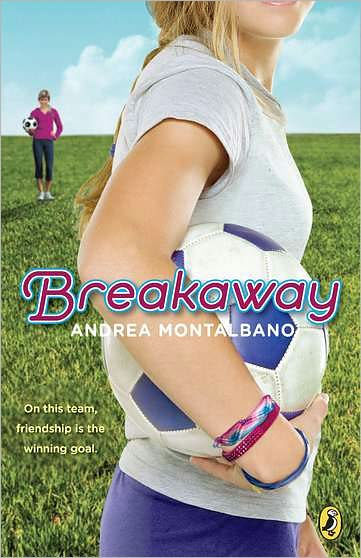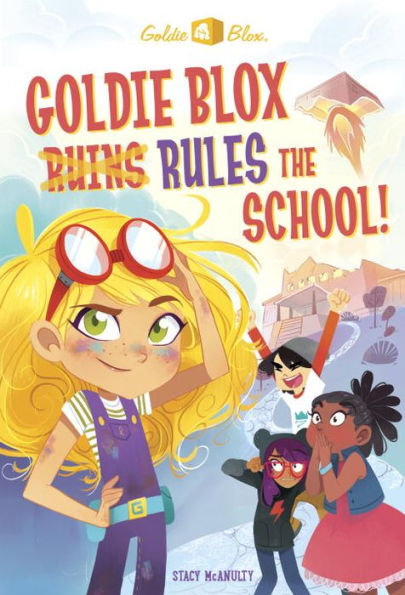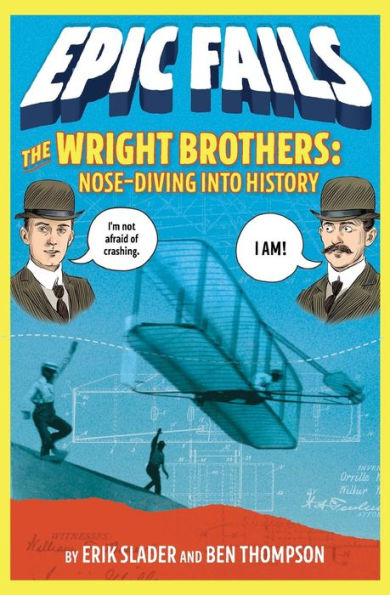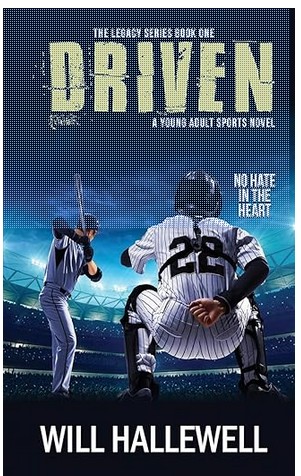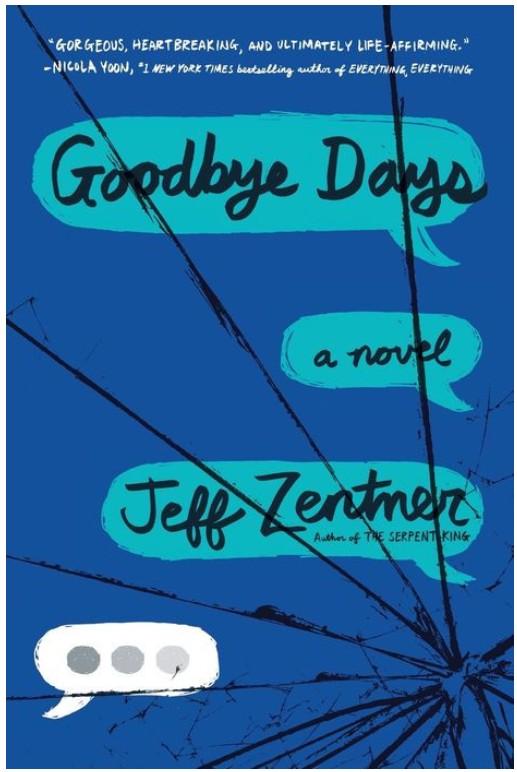Travis is starstruck when Elvis Goddard, head coach for the Gainesville Fighting Gators, comes to his house to offer his older brother, Carter, a football scholarship. Carter isn’t the only one who gets an offer. When Coach G sees Travis’s talent as a quarterback, the coach offers him a scholarship even though he’s just an eighth-grader. This once-in-a-lifetime offer turns Travis into an overnight sensation, landing him VIP access to the Gainesville University gym and football field, an interview with ESPN, and instant popularity at school.
Meanwhile, Carter is learning the ropes of being a college football player. He and his roommate, Alex, start part-time jobs at a car dealership under the guidance of Walter Henry. Walter secretly gives Carter hundreds of dollars, something for which the Gainesville team has already been investigated. Carter feels guilty but accepts the money. When Alex tears his ACL in a football game, he miraculously recovers. Alex confesses that he is taking steroids to help his healing process. Although Carter doesn’t agree with Alex’s decision, Carter promises to keep it a secret.
Back home, as Travis graduates eighth grade and enters high school, the pressure of keeping a scholarship gets more intense. He is chosen as the high school quarterback, but he feels used because the coach just wants a job at Gainesville University. For the three players, everything is going according to plan until Alex collapses from an apparent heart failure at a football practice and dies. Carter knows the real reason for Alex’s death—the steroids—but chooses not to tarnish Alex’s name by sharing his secret.
Shaken by Alex’s death, Travis’s skills deteriorate. During a game, Travis injures his elbow and must begin a slow, painful recovery. After a devastating loss of a game that costs Travis’s team the championship, Walter Henry offers Travis steroids. Travis hesitantly accepts the steroids, but he decides to ask for Carter’s advice on whether or not he should take them. Carter, knowing the steroids killed Alex, blows up and attacks Walter. Although Walter is investigated, nothing happens to him; however, Coach Goddard resigns, and Travis’ scholarship is withdrawn. Even though Travis is heartbroken, he is happy to be relieved of the pressure of keeping a scholarship.
Football players and fans will enjoy Top Prospect because it explores different aspects of football. The story explores multiple football issues including steroid use, the never-ending pressure to perform well, and under-the-radar payment from sponsors. Readers will relate to Travis’s, Carter’s, and Alex’s passions for football. However, the games and practices are tediously described, which might bore readers. In an afterword, Paul Volponi recounts a few real-life stories of eighth graders being offered college scholarships that inspired this book.
In addition to football issues, Travis also goes through personal issues. Travis’s parents are divorced, and he has to deal with his dad’s emotional and physical distance. The story is told mostly from Travis’s point of view, but there are also several short chapters from Carter’s perspective. Carter is initially frustrated to always have Travis tailing behind him, but the time they spend together ends up strengthening their relationship. Besides his brotherly bond and love of football, Travis is not a relatable character. He overcomes many conflicts, and he learns not to push himself too hard and to always be honest with Carter. However, Travis does not change as a person. He is self-centered and is never humbled. There is no real plot to the story, and the book ends abruptly. However, Top Prospect will suit older readers looking for a football-intense story.
Sexual Content
- Travis recounts a date with Lyn, a girl he has a crush on. Travis “had even worked up the nerve to kiss her by the end of it. My first real”
- Travis goes to a party where “five or six cheerleaders kissed [him] hello on the cheek.”
- Travis, a freshman, is going on a date with a sophomore. His mom has “the talk” with him and tells him, “This is an older girl. I just want to make sure that you’re ready for these relationships.”
- At the movies, Travis runs into Lyn, who is on a date with a junior boy named PJ. Before the movie starts, PJ “gave [Lyn] a quick kiss,” which makes Travis jealous.
Violence
- During a Gator’s football game, Carter blocked a defender. “You could hear the huhh of air leaving that defender’s lungs as Carter flattened him like a pancake.”
- During a Gator’s football game, Alex tears his ACL. “Alex caught a cleat in the turf while he was making a sharp cut. His left knee twisted with a ton of torque, buckling beneath him. He fell to the field screaming in pain, with both hands clamped around his knee.” As he is brought to the locker room on a cart, he “slammed the cart’s metal railing so hard [Travis] thought he might have broken his hand.”
- During a game, Carter gets tackled in mid-air. “At the height of [Carter’s] leap, a defender hit him in the thigh, sending Carter into a mid-air backflip. He crashed into the ground.”
- During a game, Travis takes his first sack of the season. “A heavyweight lineman…pounded me pretty hard. But I went with his momentum and didn’t try to fight his force. I bounded up off the ground right away.”
- During a game, one of Travis’s D-backs “absolutely drilled” the opposing team’s receiver, “burying his shoulder pads into the receiver’s chest and causing the loudest pop [Travis had] heard in a long time.”
- During a game, Travis decides to ram into a senior linebacker. Travis “lowered [his] right shoulder and stuck it square into his midsection. The crowd let out a roar as my body shook from the collision. But that all-state linebacker flew back almost as far as I did.”
- During a game, Travis dives for a football that lands close to his feet. Travis “got to the football first and tucked it beneath [him] when the Bruiser slammed into [his] left elbow. A bolt of pain shot through [his] entire body. Then it happened again and again as other players piled on top.”
- Believing Coach Harkey, the Gainesville fitness coach, gave Travis the steroids, Carter “grabbed [Coach Harkey], running Harkey back against a wall… [Carter] tried to shove that vial down Harkey’s throat.”
- When Carter realizes Walter gave Travis the steroids, Carter drives to Walter’s dealership. Carter “aimed the car straight for [Walter], jumping the curb… By the time Walter looked up, [Carter] was almost on top of him… [Carter] slammed on the breaks, stopping just a few feet away, nearly pinning him against the glass of the showroom.” After Carter gets out of his car, he “grabbed Walter by the collar and rammed him against the hood of the car.” Then, Carter “punched [Walter] in the solar plexus.”
Drugs and Alcohol
- Alex tells Carter he is taking PEDs to help his knee recover quickly.
- Alex explodes on Carter and Travis for talking too loudly while he is trying to sleep. Carter knows this is a side effect of Alex taking PEDs. In his inner thoughts, Carter thinks, “PEDs—that was the only way I could explain what I’d witnessed.”
- Walter Henry tries to give Travis steroids to help his elbow heal. Walter justifies using steroids by saying, “Travis, steroids are everywhere in society. They’re in the feed we give chickens and cows to make them healthier. These are for humans… The mildest you can take. Just a few steps above aspirin or Tylenol. But instead of making pain, they heal the problem at the source and promote growth… It’s what plenty of scholarship athletes do to compete when they’re injured.” Walter gives Travis “two vials of pills.”
- When Walter initially offers Travis steroids, Travis tells him, “I can’t. They’re drugs. Anyway, it’d be cheating.” Later that day, though, Travis “talked [himself] into believing [he] really wouldn’t be cheating… taking steroids would be about getting healthy, not about becoming a better player. [He] already had the talent in the first place.”
- Walter hands Travis the steroids and gives directions for taking them. Walter “produced two vials of pills. ‘It’s a seven-week cycle,’ [Walter] explained. ‘The first four weeks, you take the ones in the container with the blue stripe. The next three weeks, take the ones from the red. They’re stronger.’”
Language
- When Travis is offered a scholarship, Carter wonders, “Why was I busting my butt in the weight room and staying up nights studying the playbook?”
- When Travis does an ESPN SportsCenter, his mom asks if it’s live. When he nods, she mouths, “My God!”
- Damon, a member of Travis’ football team, fumbles a ball and calls himself “a moron” and “a fat idiot.”
- Alex tells Carter they need to talk, and Carter wonders if it’s about Alex’s mom or “God forbid, somebody from the NCAA heard about Walter’s money.”
- After a bad first half of Travis’s football game, his coach furiously yells at the players, “If you’re going to get your butts whipped, at least keep your heads up!”
- When Travis shows Carter the vial of steroid pills, Carter asks him, “Who gave you this crap?”
- When Carter realizes Walter Henry gave Travis the steroids, he says, “God, I should have seen it.”
- When Carter tells Coach Harkey he knew Alex was taking steroids, Harkey says, “Relationships aren’t easy. Lord, I only wish I’d had a better one with Alex Moore.”
- Travis “wished to God [he] could have been there when Carter beat [Walter’s] behind.”
Supernatural
Spiritual Content
- In testimony to Alex, Coach Goddard says, “[Alex] was totally committed to fight back from his injury and to play to the very best of his God-given abilities… I’m sure that his spirit and memory will remain a vital part of this team.”
- Carter says, “After the EMTs put Alex in the ambulance, we all held hands in a circle and got down on one knee to pray.”
- After swearing he will never tell anyone about Alex taking PEDs, Carter says, “God bless you, fam.”
- After he dies, Alex’s jersey hangs inside his open locker. “Players passed by it and crossed themselves or bowed their heads, like it was a sort of shrine.” Travis “ran [his] fingers over the fabric, trying to feel Alex’s spirit.”
- Carter tells Alex’s mom he took steroids. She responds, “I’ll let God judge my son’s mistakes.”
by Jill Johnson
